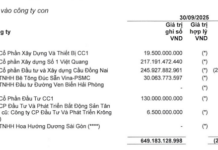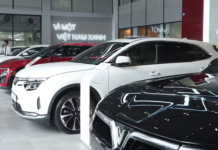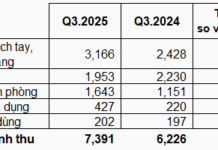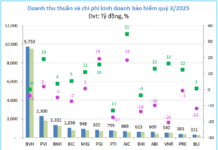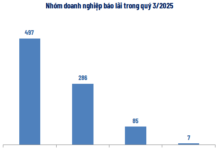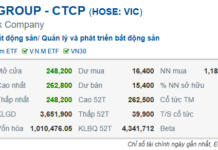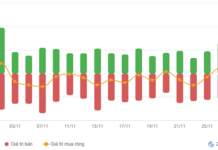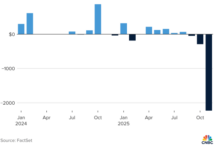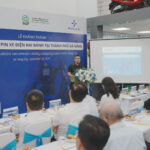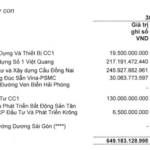The refrigerator is a continuously operating appliance, keeping your food fresh 24/7. However, many households wonder if they should turn it off to save energy when they go on business trips, vacations, or visit their hometown for a few days.
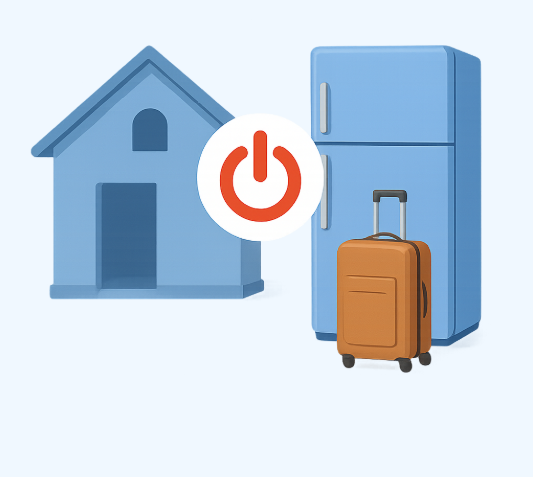
1. Short Absence: Keep the Fridge Running
If you’re going to be away for just 2-4 days, it’s best not to turn off your refrigerator. Constantly turning it on and off can affect the lifespan of the compressor and cause food spoilage, leading to waste and hygiene issues.
Instead, here are some energy-saving tips:
Reduce the amount of food in the fridge to prevent overworking the cooling system.
Adjust temperatures: Set the fridge compartment to 5-7°C and the freezer to -15°C to -18°C instead of the lowest setting.
Keep the fridge door closed to prevent cold air from escaping.
2. Long Absence: Turn Off the Fridge After Thorough Cleaning
If you’ll be away for more than a week, turning off the fridge is a sensible option to save energy, but only if you:
Remove all remaining food to prevent spoilage and odors.
Thoroughly clean and dry the fridge and freezer compartments before unplugging to prevent mold and bacterial growth.
Leave the fridge door slightly open when not in use to avoid unpleasant smells.
A medium-sized fridge with a capacity of 300-400 liters typically consumes about 30-40 kWh/month, costing around 100,000-150,000 VND. Turning it off during a month-long absence can lead to significant savings.
3. Alternative Solution: Energy-Saving Mode
Many modern refrigerators come with an energy-saving mode (Eco, Vacation Mode). When activated, the fridge maintains a suitable temperature to prevent mold and keep certain dry foods, while significantly reducing power consumption. This is a convenient option for long absences when you still want to store some basic foodstuffs.
4. Important Tips for Energy-Efficient Fridge Use
Don’t place it too close to the wall: Allow at least 10 cm of space between the fridge and the wall for better heat dissipation from the condenser.
Avoid frequent door openings: Each time the door is opened, the temperature fluctuates, causing the compressor to work harder.
Regular cleaning: The condenser and door gasket should be regularly inspected and cleaned to maintain optimal efficiency.
Don’t leave the fridge completely empty: If you’re keeping it on while away, consider leaving a few bottles of water inside to stabilize the temperature and reduce energy consumption.
5. Tailored Advice for Different Scenarios
Short absence (less than 5 days): Keep the fridge running but adjust temperatures to a higher setting, and reduce the amount of food inside.
Long absence (more than a week): Turning off the fridge is advisable if you don’t need to store perishable food. This saves energy and avoids the risk of the appliance running unattended. If your fridge has an energy-saving mode, activate it instead of unplugging, for safety and basic functionality.
Turning off your refrigerator when away isn’t always the most efficient choice. The right approach depends on the duration of your absence and your food storage needs. By adjusting temperatures wisely, cleaning the fridge before leaving, and utilizing energy-saving modes, households can reduce their electricity bills while maintaining the convenience and longevity of their appliance.
“Empowering the Sustainable Evolution of the Textile and Footwear Industries”
The Memorandum of Understanding between the Ministry of Industry and Trade and IDH on supporting the sustainable development of Vietnam’s textile and footwear industries will enhance the competitiveness of domestic textile and footwear enterprises. It will also contribute to Vietnam’s international commitments on sustainable development and climate change in the coming years.
Power industry finds the reason for the sudden increase in April’s electricity bill in Ho Chi Minh City
In Ho Chi Minh City, where average temperatures exceed 35 degrees Celsius, and can reach up to 40 degrees Celsius at noon, the demand for cooling devices such as air conditioners and electric fans in companies, businesses, and households has skyrocketed. This has resulted in increased electricity consumption, leading to higher electricity bills in the categories of 4-5-6, as per the retail electricity price regulations issued by the Ministry of Industry and Trade in 2023. According to the Ho Chi Minh City Power Corporation (EVNHCMC), this surge in electricity consumption is the primary reason for the spike in electricity bills for the month of April.
Soaring Heat Prompts Urgent Warning as Power Consumption Hits Record High
Due to soaring temperatures across all three regions of Vietnam, the Electricity of Vietnam (EVN) has reported a record high in national electricity consumption, reaching nearly 1 billion kWh/day.











